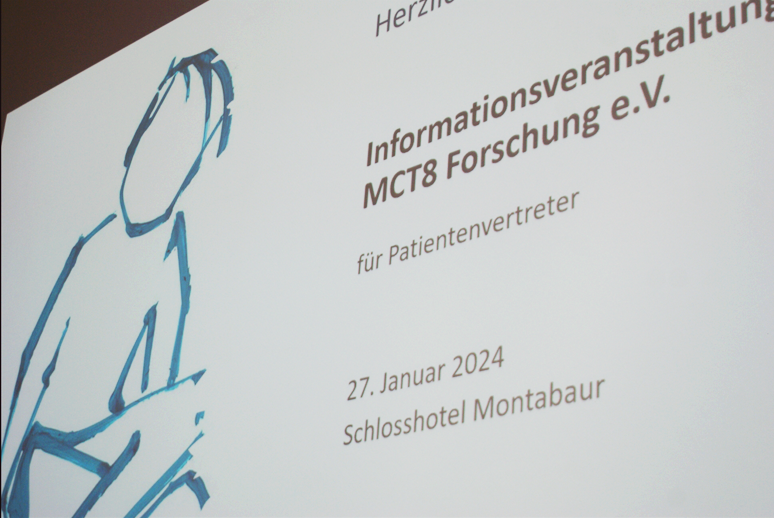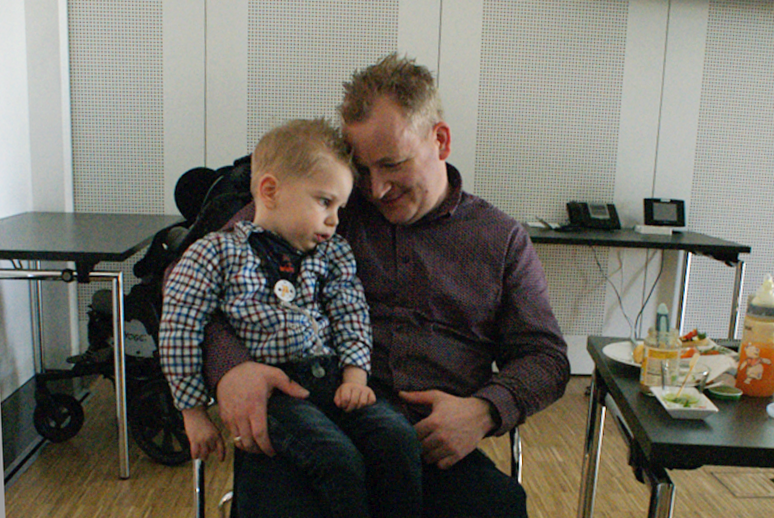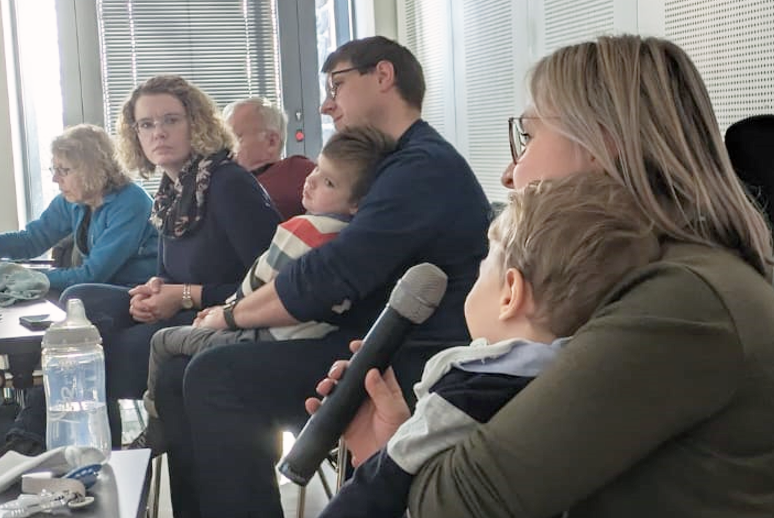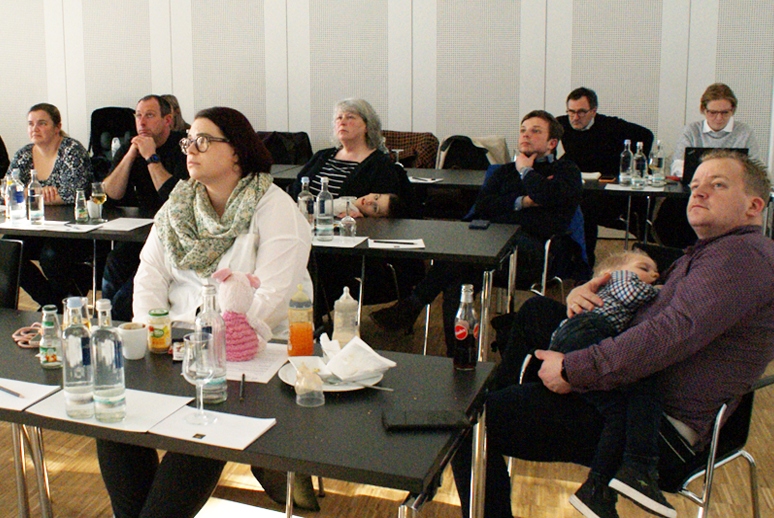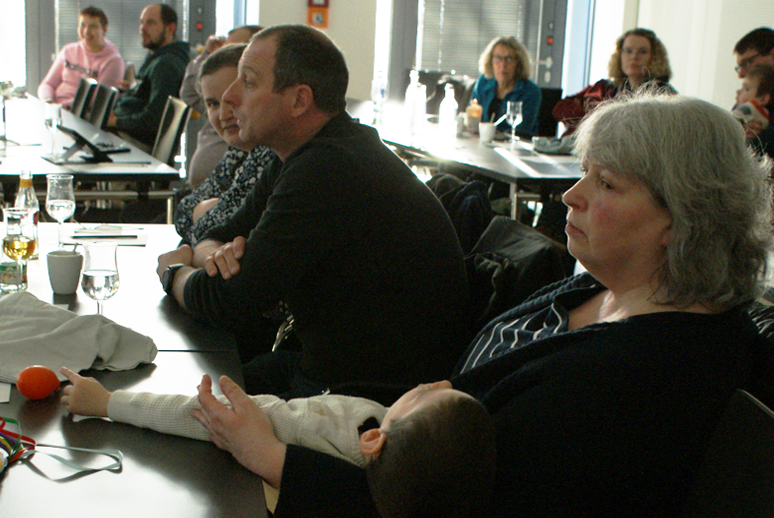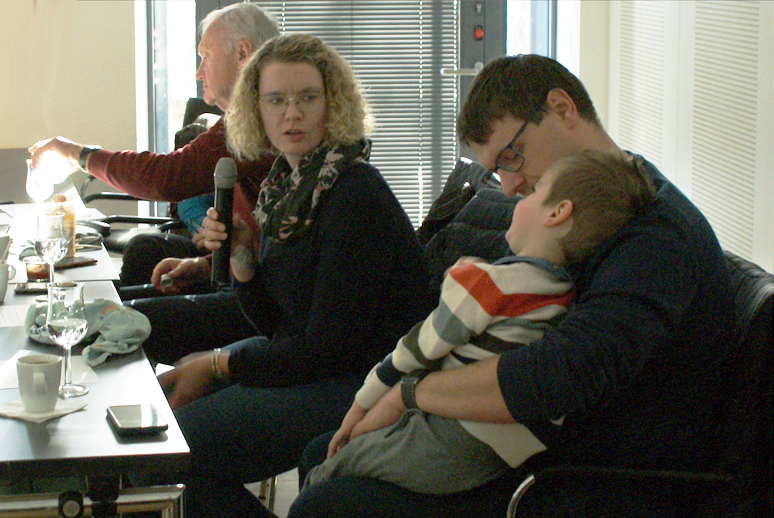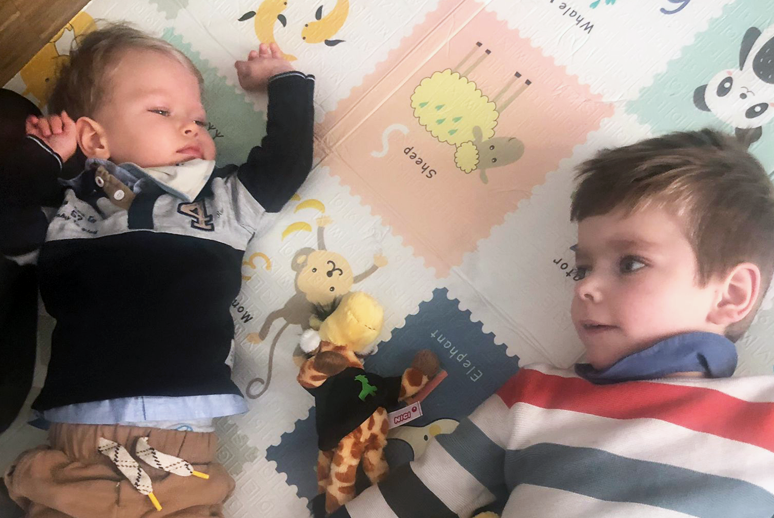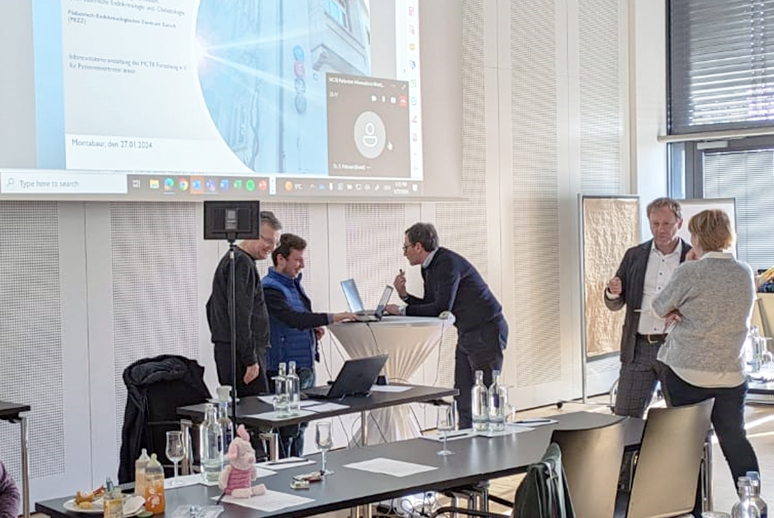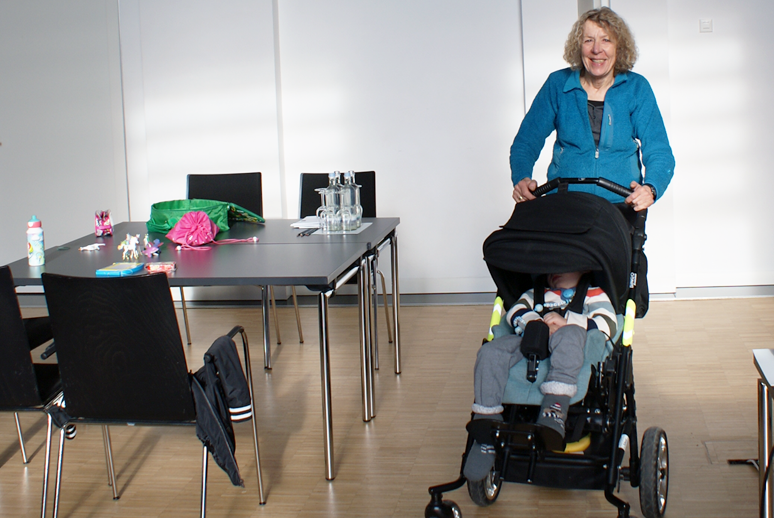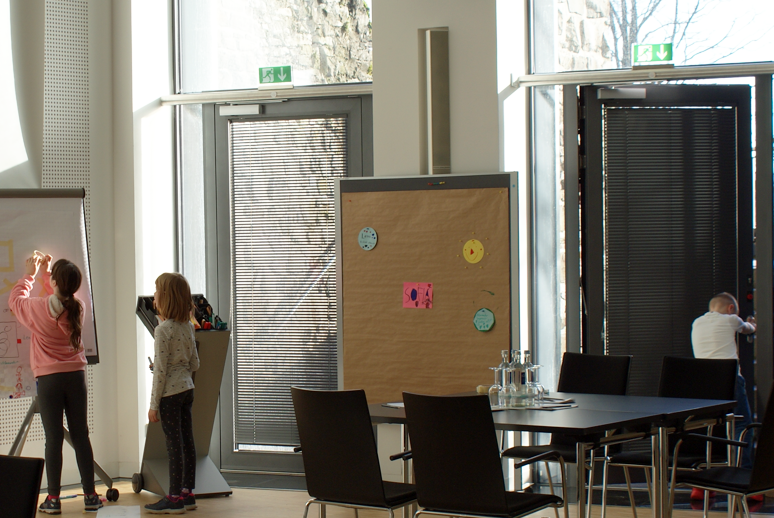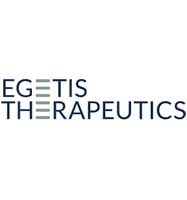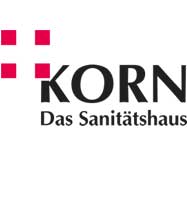MCT8 Information event for patient representatives 2024
"We would like to thank our children for the beautiful picture and for being so brave at the event. We thank all the families for their great support. We thank the experts who spoke for us with passion and great commitment. We would like to thank all the sponsors and supporters who made the event possible - MCT8 Forschung e.V."
27.01.2024. Schloss Montabaur, D-56410 Montabaur
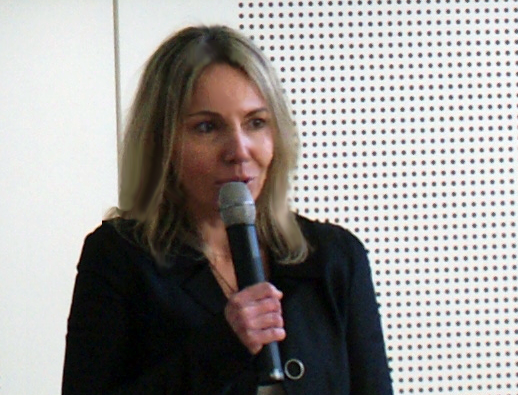
Welcome speech
Opening of the event by Dominika Schiebl, CEO of MCT8 Forschung e.V. and Dr. Hans-Peter Walther (moderator)
Dominika Schiebl I MCT8 Research e.V., Dr. Hans-Peter Walther I Primus Consulting
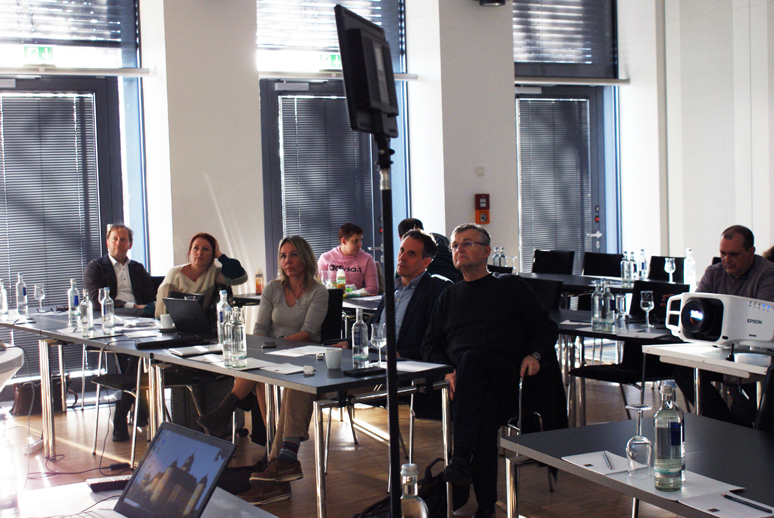
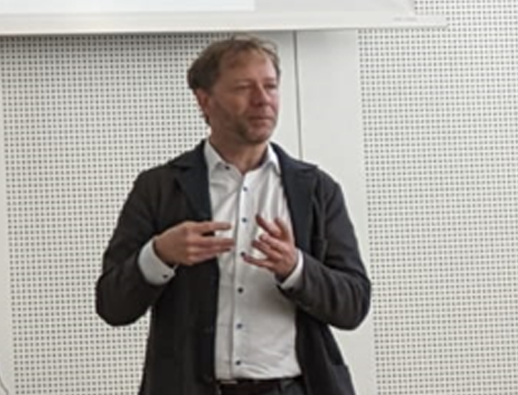
Scientific basis and current status of MCT8 research
- A disease is discovered twice: Allan-Herndon-Dudley syndrome and MCT8
- About thyroid hormones and how they work
- Old questions, answers and new questions
- What does MCT8 do (in the brain)?
- What are the problems when MCT8 is not working properly?
- What solutions are being pursued?
...more
Historical overview and perspective
1944: AHDS description (external appearance)
Question remained: which gene is responsible for the disease?
2004: Description of the syndrome by Theo Visser and Samuel Refetofff: T3 above the reference range, T4 below and TSH normal
2005: AHDS and MCT8 are the same; the disease has thus been "discovered twice".
T3 and T4 are thyroid hormones. T3 is the active hormone. T3 is a "key" with which the T3 receptor switches on the genes. It regulates the level of activity. The more of it you have, the faster it works.
Deiodases are enzymes that activate the TH hormones. 5-Deiodase converts T4 into the active T3.
Thyroid hormones (ignition keys) need transporters to enter the cell.
Georg Hennemann: TH hormones are amino acids and therefore need transporters to enter the cell. Georg Hennemann has shown in frog spawn that MCT8 transports T3 and T4.There is an imbalance of thyroid hormones in the body: cells that can take up MCT8 have a T3 surplus, other cells that are dependent on MCT8 transport have too little T3.
Theo Visser and Heike Heuer have established a mouse model to understand the syndrome.
U. Schweizer & Co.: Knockout (KO) mice
MCT8 is expressed very early in the human brain (25 SSW MCT8 already proven active).
D. Braun was able to demonstrate the uptake of thyroid hormones into astrocytes in mice.
H. Heuer has shown that there is a second transporter in mice, the OATP14 transporter, which humans do not have. Therefore, OATP14 was also switched off. The result was the DKO mouse.
This showed that the defect is caused by a lack of thyroid hormones in the nerve cells.
D. Lopez-Espindola et al. have shown on the basis of two autopsy cases that myelination is already reduced during pregnancy.Treatment approaches:
1. DITPA: The search was on for another "ignition key" that can enter the cell by a different route. Ditpa enters the brain, but it is not known how it works. In mice, significant improvements were achieved in the brain.
4 children were treated with Ditpa with the following result:
- Normalized T3 and T4
- Heart rate reduced (3/4)
- Weight gain (2/4)
- Myelination delayed in 2 patients, but normalized after DITPA
2. triac / tetrac (precursor of triac) could act in MCT8 deficiency and triac improved morphology and myelination in mice.
Triac in humans: T3 goes down, so palpitations go away, blood pressure goes down, weight gain occurs in many.
3. gene therapy works in DKO mice, myelin improves.
4. phenylbutyrate is a chemical chaperone. MCT8 is very unstable. The protein was first stabilized with DMSO, later in humans with phenylbutyrate. MCT8 then worked.
Criticism: It may not work in humans. D. Braun has shown in human cells that PB also works in humans.
Mouse model with a point mutation instead of gene inactivation
U. Schweizer: Triac transporter found
5. administration of T4 into the amniotic fluid (S. Refetoff): individual therapeutic trial of thyroid hormones (T4) administered during pregnancy. The child was treated with T4 by injection in utero (mother had the same mutation as child, dose had to be weighed carefully). As a result, myelination was significantly better than in the older brother: can sit, can hold a spoon.
6 Sobetirome works well in the mouse model. But it also influences other genes, not only MCT8!
Sob and Sob-AM2: reduce plasma T3, improve some genes in the brain
Prof. Dr. rer. nat. Ulrich Schweizer I Institut für Biochemie und Molekularbiologie Universität Bonn
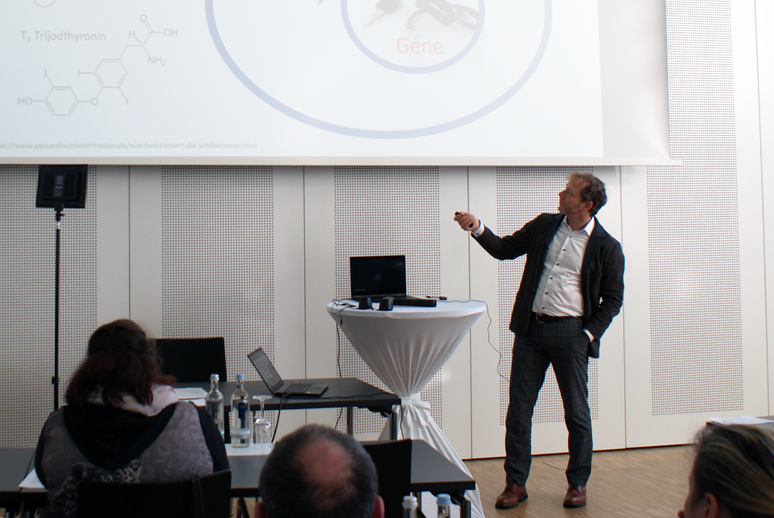
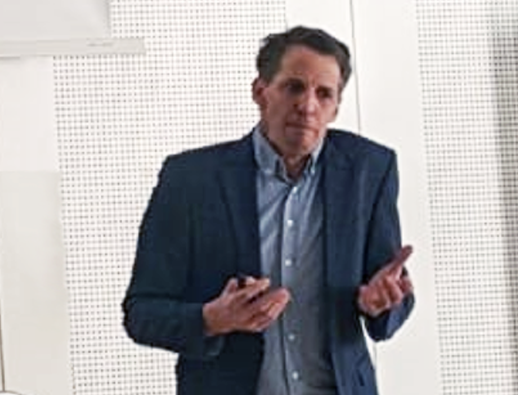
Practical case: Phenylbutyrate treatment in 1 child with MCT8 mutation
Contents of the presentation will follow the publication of the study on phenylbutyrate...more
Priv.-Doz. Dr. med. Felix Schreiner I Kinderendokrinologie, Universitätsklinik Bonn
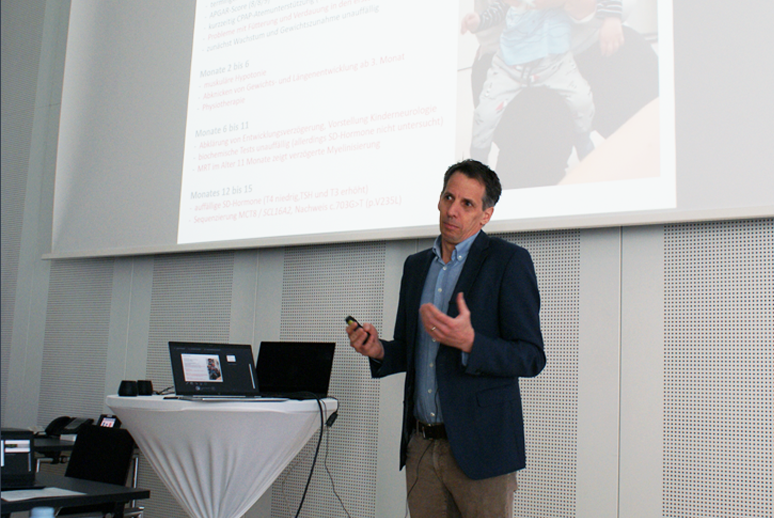
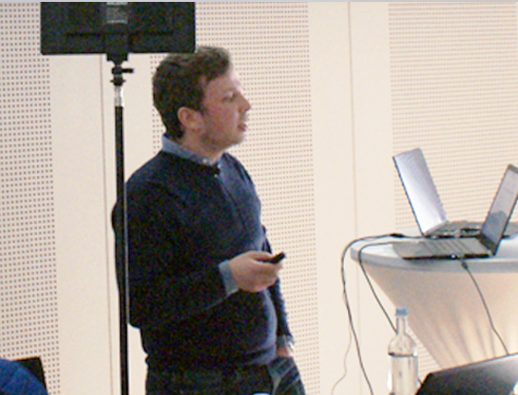
Medical application of TRIAC
- Thyroid hormones: general principles
- What is TRIAC, what does it look like and how does it work?
- What do we know about the effects of treatment?
- What is important for the treatment?
...more
Patients are now being diagnosed earlier than before 2017 because there is greater awareness of MCT8.
Thyroid hormones are responsible for a variety of normal metabolic processes, such as blood pressure, weight, muscle strength, digestion, growth, psyche, etc.
TRIAC also occurs naturally in humans. Triac works for 6-9 hours. Multiple doses are more effective than a single daily dose. The effect of TRIAC depends on the tissue in question.
TRIAC can prevent severe underweight and cardiovascular abnormalities.
van Geest 2024: Difference in gross motor function whether it is administered early or late.
Patient, family and social structure must be treated holistically.
Conclusion: The disease is much more complicated than we thought.
Dr. med. Ilja Dubinski I Pädiatrisch-Endokrinologisches Zentrum Zürich
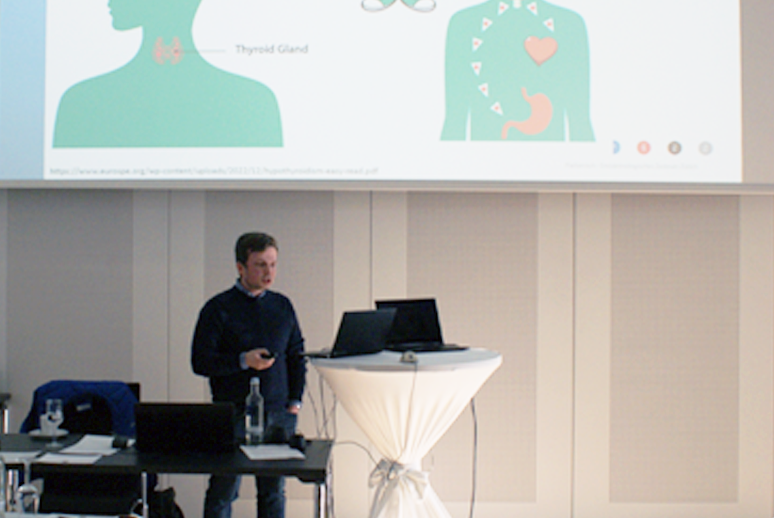
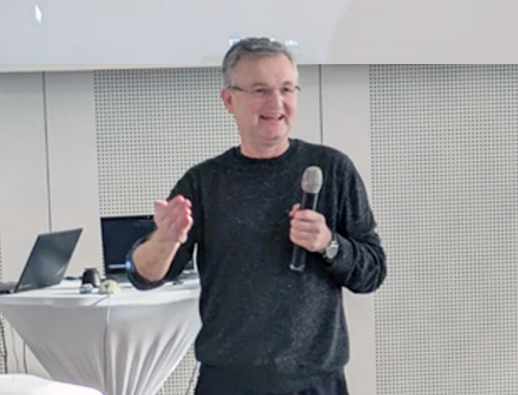
Special features in the treatment of MCT8 deficiency with Q&A session
Discussion round with MCT8 experts moderated by Dr. Hans-Peter Walther
• Dr. Doreen Braun, Bonn
• Dr. med. Ilja Dubinski, Zürich
• Dr. med. Sofia Petrova, München
• Priv.-Doz. Dr. med. Felix Schreiner, Bonn
• Prof. Dr. rer. nat. Ulrich Schweizer, Bonn
...more
Question for the experts: Is triac administration still useful in children older than four years?
Dr. Dubinski: Yes, because it helps to control the body's own poisoning with thyroid hormones and can thus reduce various complications that can occur.
Question for the experts: What can be done to make the nights better?
Dr. Dubinski: Exclude other causes, such as air in the intestines, dystonia, constipation, pain, all the various causes that can cause sleep disorders. It is important that the metabolism is correctly adjusted (thyroid parameters are within the target range).
Dr. Schreiner: Sleep disorders are also a classic symptom of hyperthyroidism. You could give beta blockers before going to bed to reduce the symptoms of T3 (try for about 1-3 weeks and give the medication time to take effect, as the psychological symptoms can persist for longer even though the SD values have already been normalized).
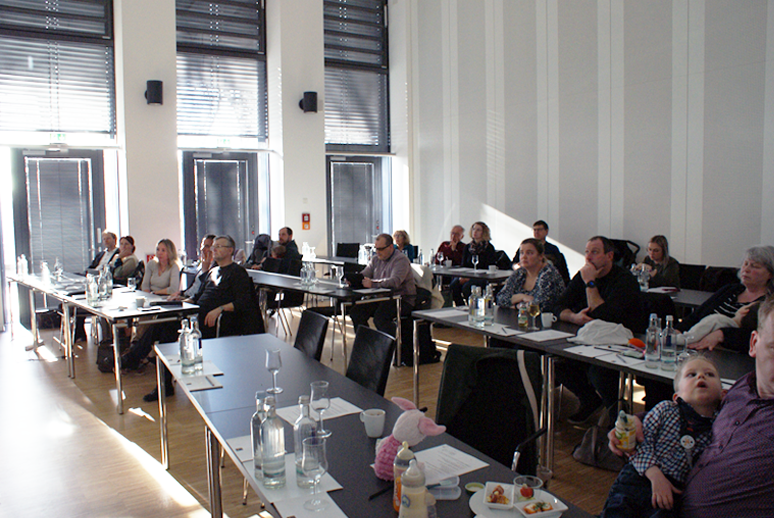
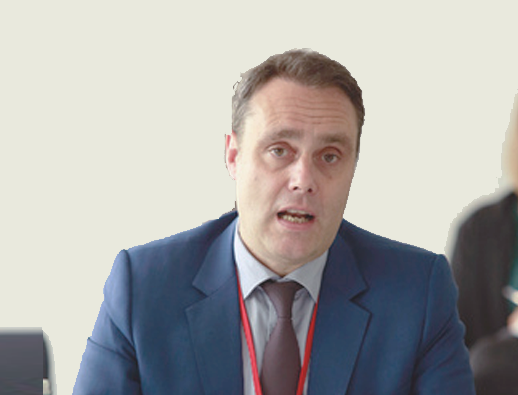
Social and legal aspects of access to innovative medicines
- Classification into care levels
- Intensive care at home
- Reimbursement of innovative medicines
- Patients' rights in hospital
- Exemption from compulsory education
...more
1. need of care / degree of care: 1-5, MDK decides according to SGB XI (assessment guidelines) within 25 days. Age group 1-18: all children are still dependent, therefore no classification. It makes sense for parents to be present at the assessment.
2. home intensive care: results from the vital threat to the patient. Services provided by the HP: everything from food intake to housekeeping and medical care.
3. reimbursement of innovative medicines: 5% of rare diseases can be treated with medication. Nicolaus decision of the BVerfG: if 3 points (life-threatening disease, no substitute therapy, evidence of the potentially positive effects of the use of the drug) are met, reimbursement cannot be refused, even if the drug is still in development and has no approval
4. patients' rights in the hospital: right to inspect treatment records, self-determination, free choice of doctor
Potential benefits: Legal entitlement of the insured person to potential benefits if an effect is potentially to be expected
5. schooling: regulated differently in each country: Prerequisite: incapacity for education and guilt must be certified
Parents' question: can expensive medication be refused?
Dr. Natz: Price does not play a role. Expensive gene therapies were also reimbursed before approval, e.g. SMA
Question Dr. Petrova: Are there individual decisions depending on case workers?
Dr. Natz: A certain degree of persistence is required from the patient
Dr. Alexander Natz I Attorney-at-Law, Partner Novacos

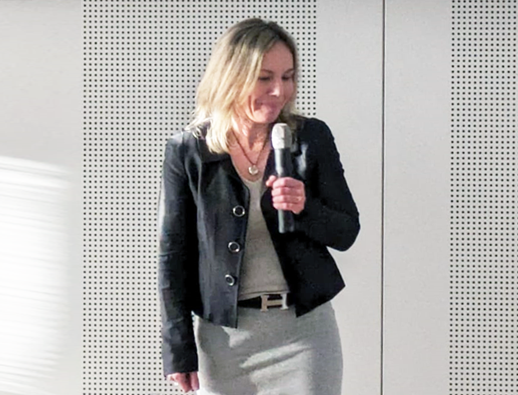
Summary and farewell
- Acknowledgements - Dr. Hans-Peter Walther
- Closing remarks - Dominika Schiebl
- Patient survey - Dominika Schiebl
Dr. Hans-Peter Walther I Primus Consulting, Dominika Schiebl I MCT8 Forschung e.V.
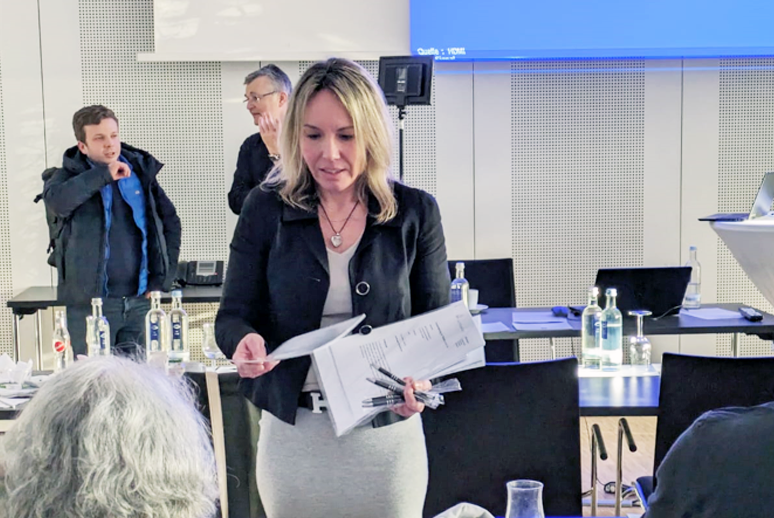
Impressions of the event
